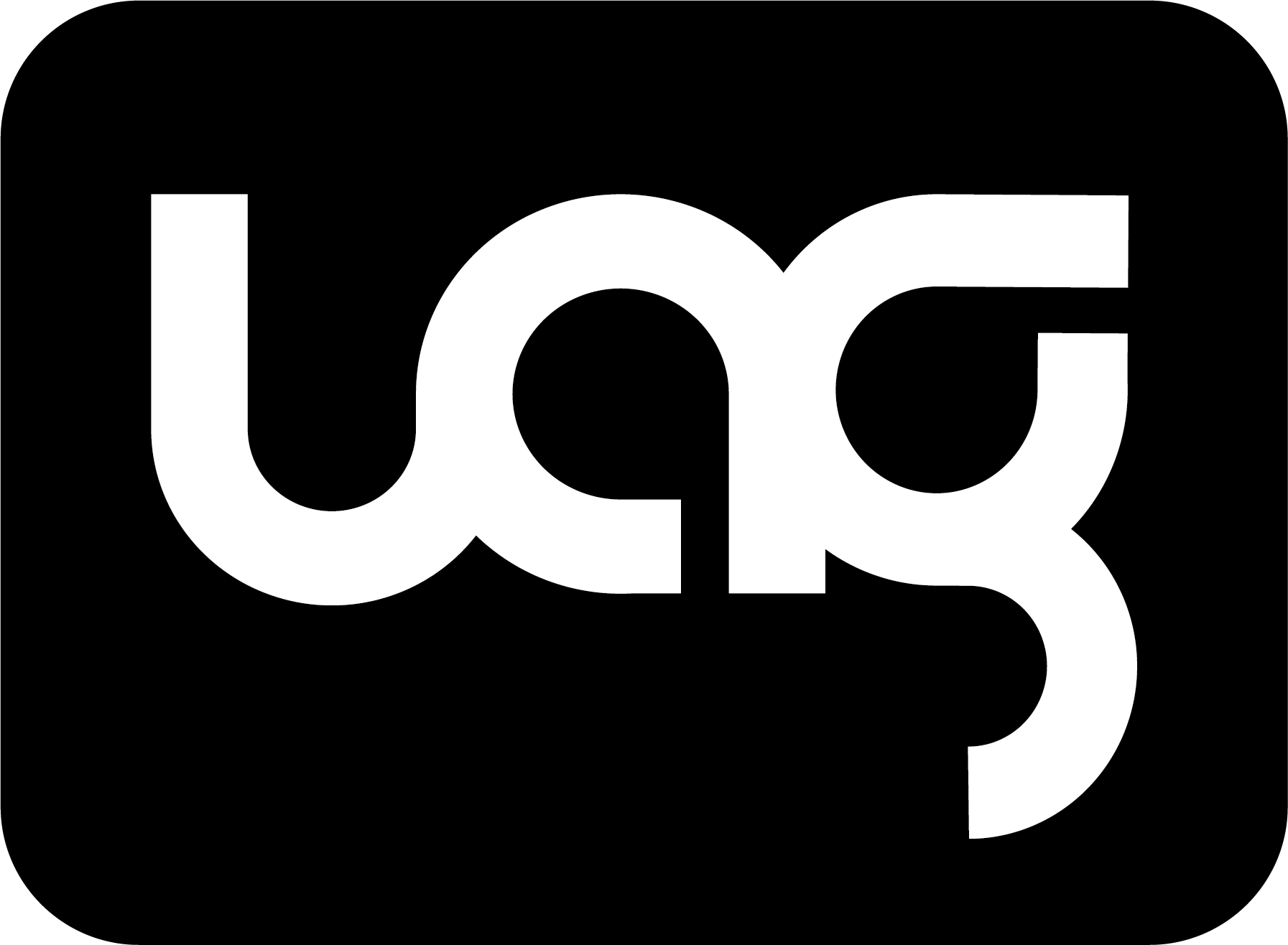Reuters analysed 16 years of monthly reports
Gap between the two represents 1 world demand
Analyst consensus closer to IEA
But analysts agree with OPEC peak demand far off
LONDON, March 11 Reuters Producer group OPEC and the International Energy Agency, the world39;s most closely watched forecasters of oil demand growth, are further apart than they have been for at least 16 years in their views on fuel use, according to Reuters research.
The gap between the IEA, which represents industrialised countries, and the Organization of the Petroleum Exporting Countries means the two are sending divergent signals to traders and investors on oil market strength in 2024 and, for the longer term, about the speed of the world39;s transition to cleaner fuels.
In February this year, the IEA predicted demand will rise by 1.22 million barrels per day bpd in 2024, while in its February report OPEC expected 2.25 million bpd. The difference is about 1 of world demand.
The IEA has a very strong perception that the energy transition will move ahead at a much faster pace, Neil Atkinson, a former head of the IEA39;s Oil Markets Division, said.
Both agencies have boxed themselves in with a position, which is why they have this enormous gulf in demand forecasts.
To set the difference in context, Reuters analysed the changes each agency has made to its oil demand forecasts from 2008 to 2023, and the first two months of this year.
The period was chosen to give a long enough time series…


